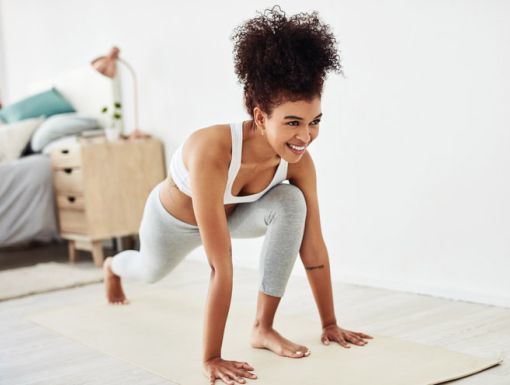
Symptoms of Tech Neck
If you’ve recently been feeling a lot of pain or tension in your neck or shoulders, a variety of reasons may be to blame. This type of discomfort can be caused by muscle strain, not being careful when exercising or lifting weights, certain types of weather, osteoarthritis or even stress. What you may not realize, however, is that your phone or tablet may be the culprit, causing “tech neck.”
“Tech neck,’’ a popular rhyming phrase short for “technology neck,” describes a stiffness or pain that many teenagers and adults feel in their neck, shoulders or back, hours or days after spending too much time online while craning their necks. It’s sometimes also called “text neck.”
When you keep your head in a bent position, it compresses the ligaments, tendons and muscles in the front of the neck, while lengthening those in the back of the neck. Anyone who has held a newborn knows the importance of supporting our heavy skulls, and as the human head weighs 10 or so pounds, tilting it forward can make the weight your neck carries feel double. If we then factor in the amount of time we spend on technological devices, the strain really piles up.
Everyone obviously needs technology in this day and age, and COVID-19 has prompted many people to spend even more time online. Americans are now performing their grocery shopping, work training and even social gatherings online, relying on technological devices for more activities such as watching movies, playing games and reading. The number of hours spent on electronic devices has never been higher, with recent studies suggesting that the average American spends 23 hours per week online.
Fortunately, there are a few simple things you can do to alleviate tech neck:
- Put the phone down: Obviously, the number one solution is to limit the amount of time you spend awkwardly positioning your neck in the first place. (Screens have negative effects on our eyes, and sleep patterns, as well.) Try subbing a real book for a virtual one, an outdoor run or walk for an online dance class, and meditation or time spent with a loved one instead of gaming or watching TV. There are a variety of free apps (many of which come factory installed on phones) that help you limit your screen time, too. If you have an iPhone, there is a factory app installed called “Screen Time.” (There’s also an app by the same name in the app store available for Android, Google and Kindle). If you’re an Android user, you can try “Digital Wellbeing” or “Break Free.” For desktop users there is an app called “Qustodio,” and while it is designed to limit children’s screen time, it works on Windows and MacOS, if you need help limiting computer time.
- Actively change your device’s positioning: Tech neck occurs mostly from looking down or craning your neck, so when using your device, try to keep it eye level. There are many affordable computer and cell phone stands and risers you can get to make sure that your device is positioned directly across from your face. These devices are extremely affordable, ranging from $8 to $80, and make an immediate difference in your comfort level.
You can also make sure, if sitting, to use your device in a proper chair that has lots of support instead of a floppy couch or cushion. A word of warning: If you lift your laptop to bring it eye-level, you may want to invest in a separate desk-level keyboard to eliminate shoulder strain from trying to type on a higher surface.
- Try yoga or Reformer Pilates: Stretching is great but stretching with a professional is even better. There are plenty of yoga and Pilates classes with instructors who will help you properly stretch your muscles as well as strengthen your core. This will let you move from the center of your body, instead of putting too much pressure on your limbs or neck. It’s the same principle as bending your knees to lift a heavy box instead of letting your back take the brunt of the force.
Not only do yoga and Pilates feel incredible, but studies have shown that strengthening the neck muscles is a critical step in eliminating chronic neck pain and future chances of injury. On top of that, if you can find Reformer Pilates, you’ll be able to do many exercises lying down on a table-like machine, in a position that will further reduce the risk of hurting your neck and back in class.
Harvard Medical School Doctors estimate that 7 out of 10 Americans will have tech neck at some point in their lives. The good news is that you aren’t alone, and there is a lot of research, plus tools and suggestions available to make sure neck pain isn’t one of your problems. The best way to beat tech neck is to limit your exposure to technology, but if you can’t do that, hopefully these tips and tricks will keep you from having one more pain in the neck.
Learn more about orthopedic care at Ochsner.



